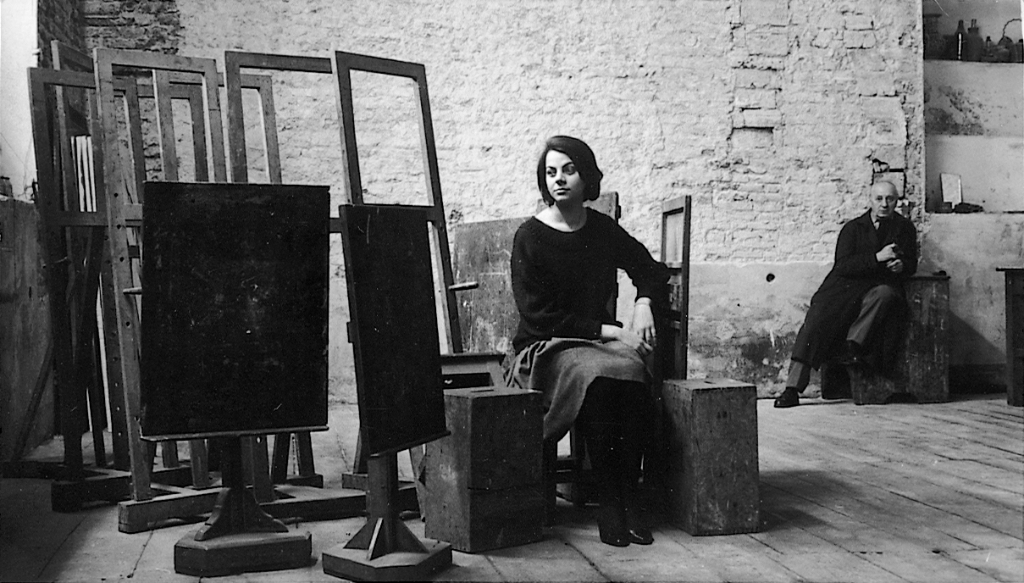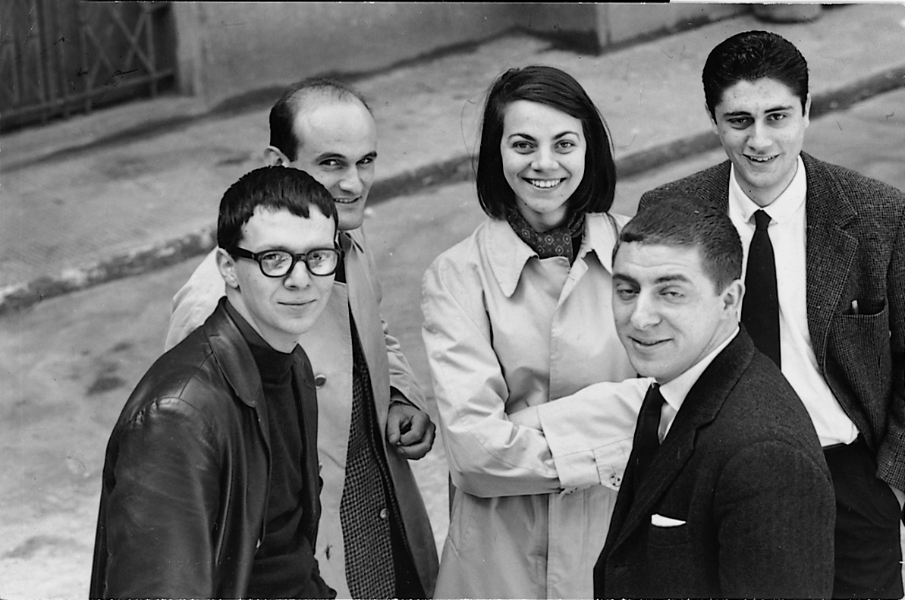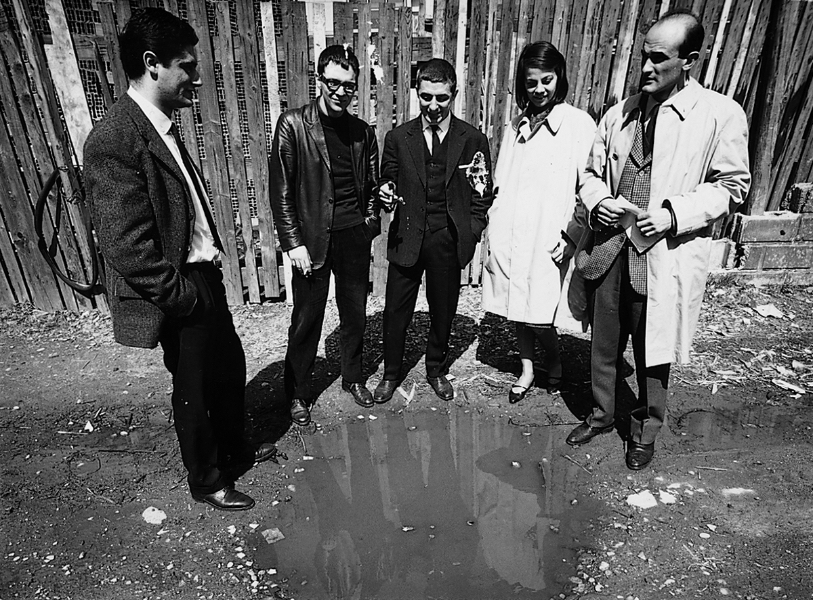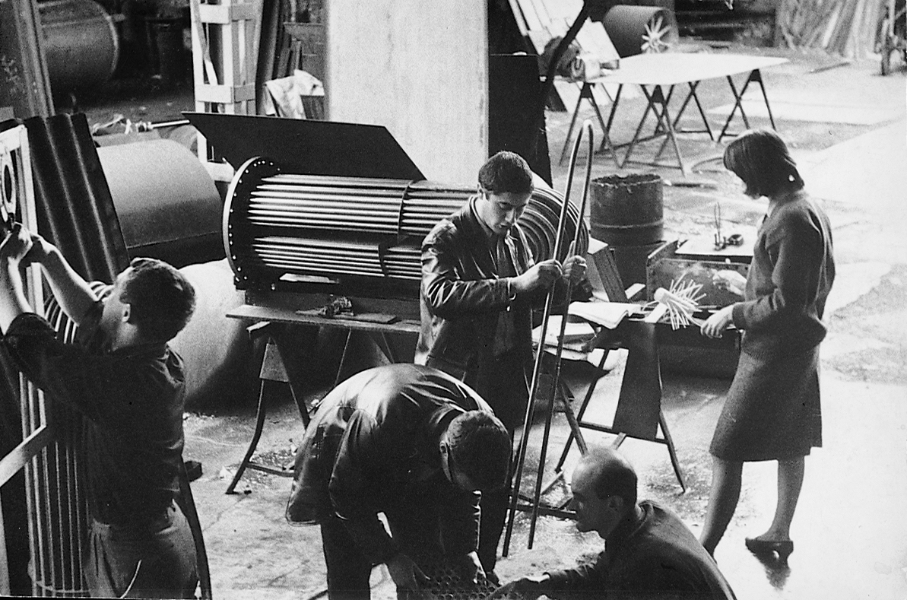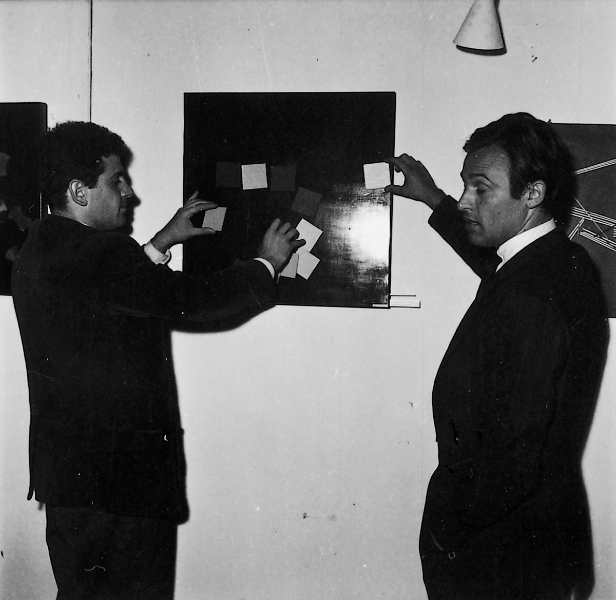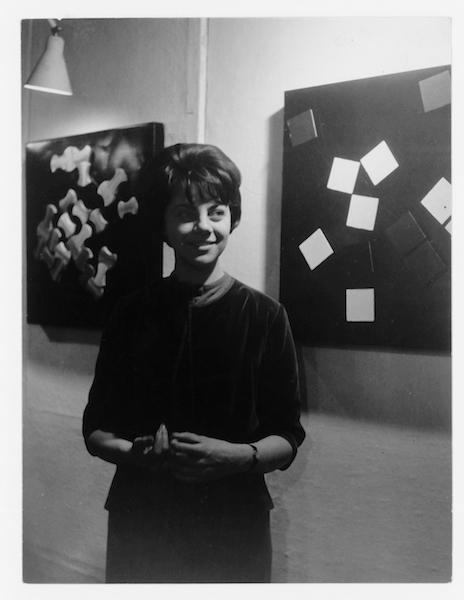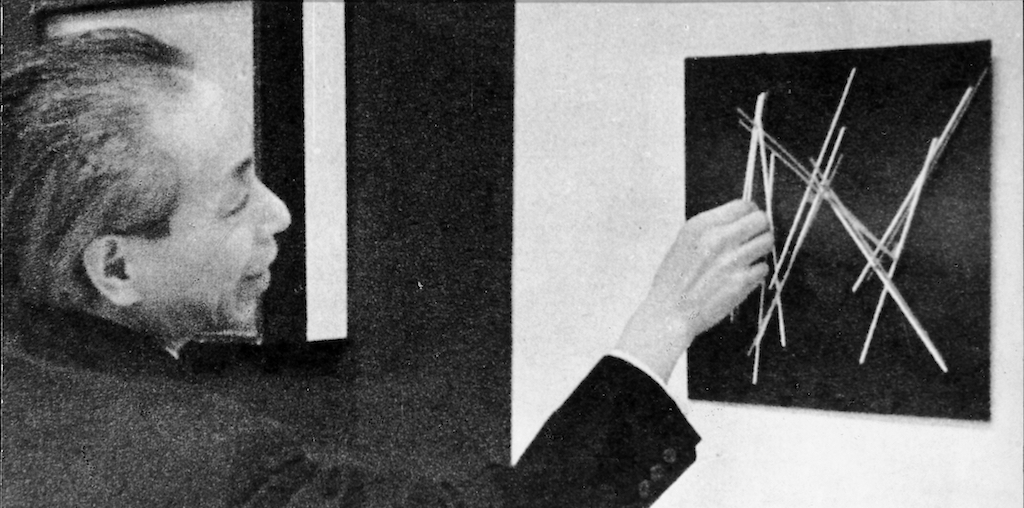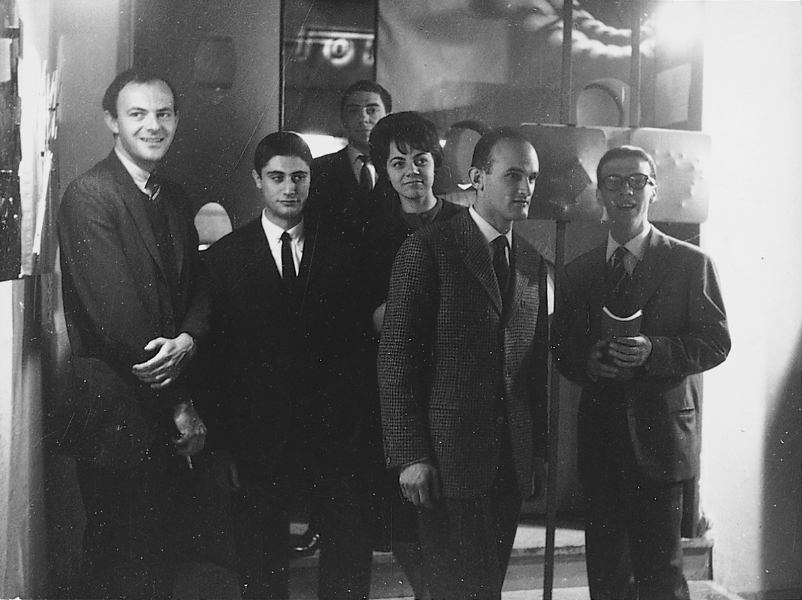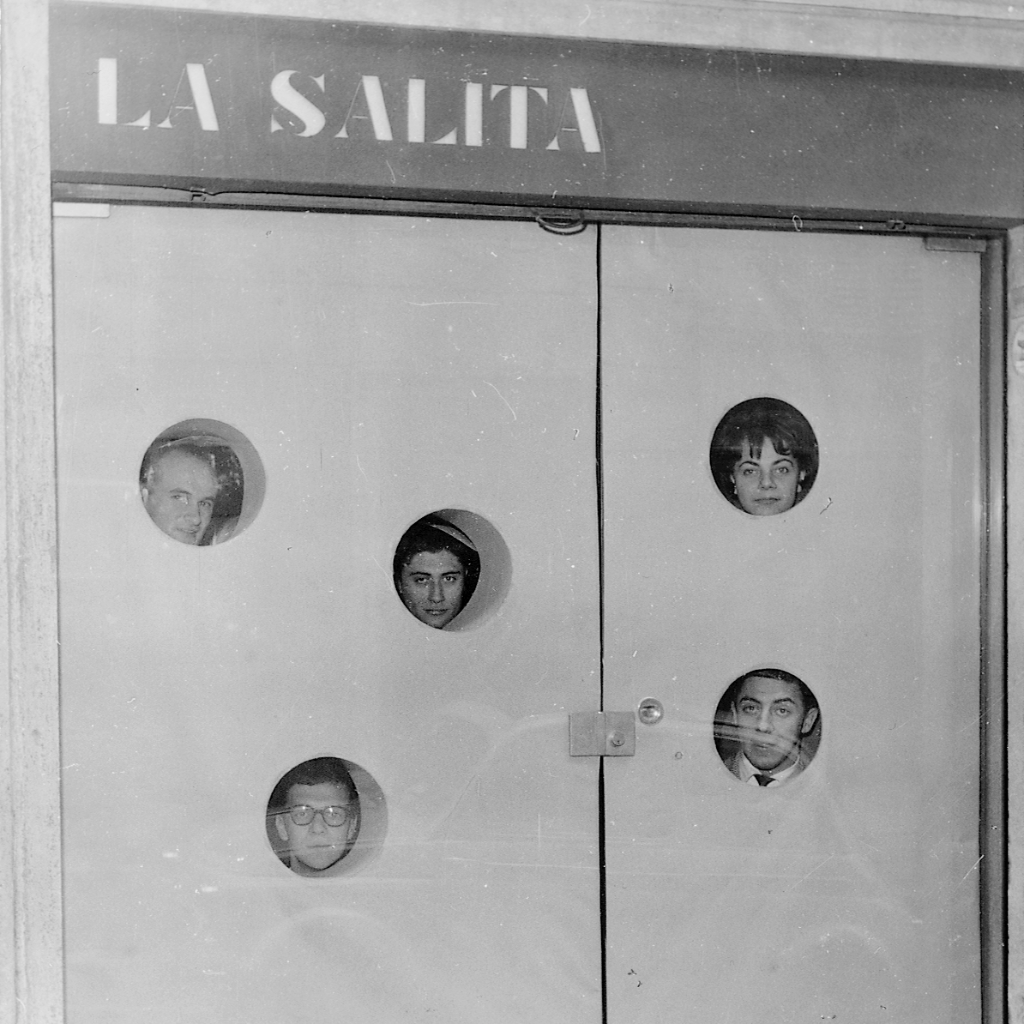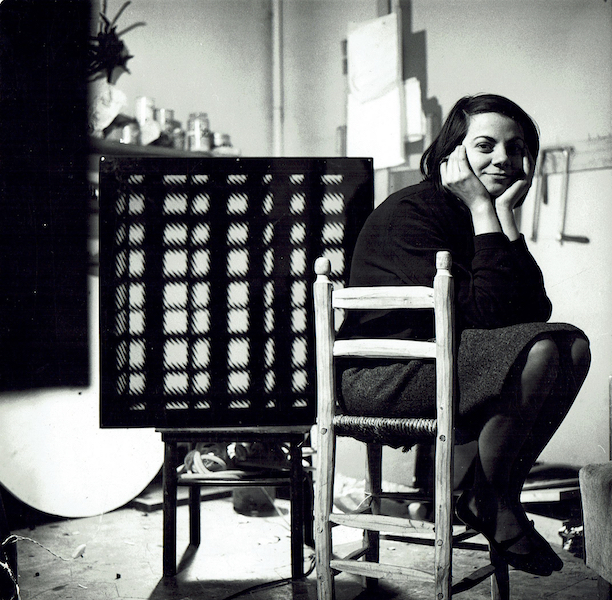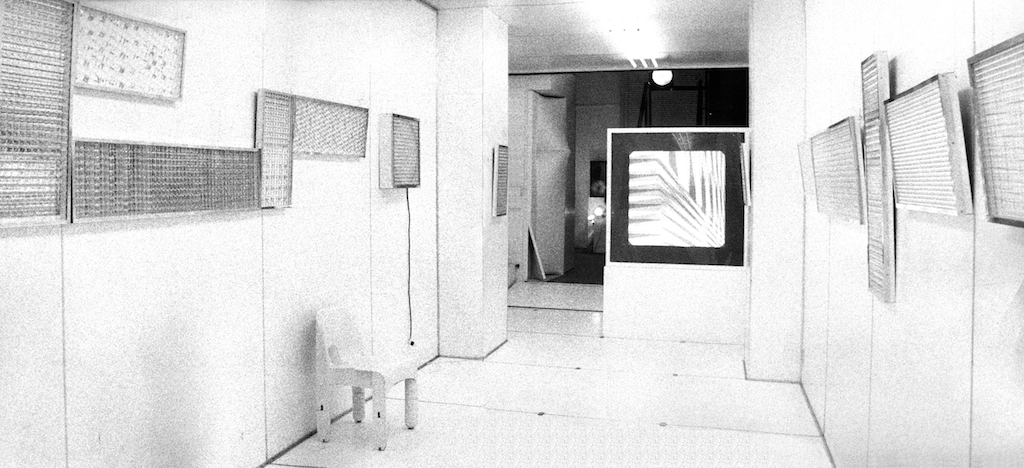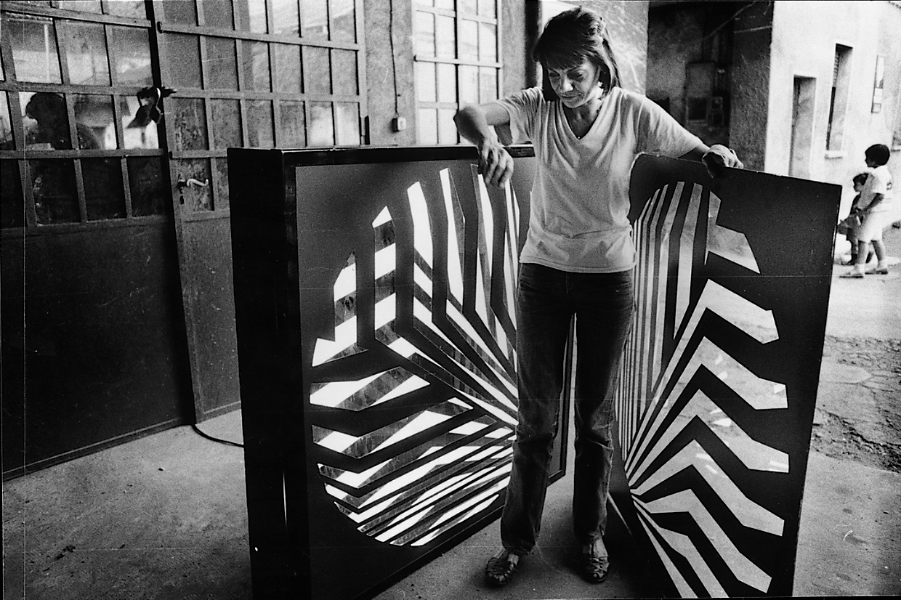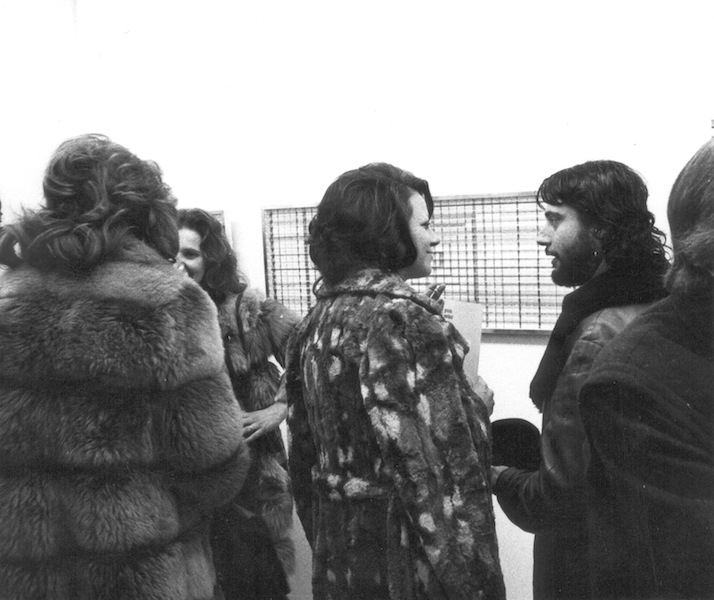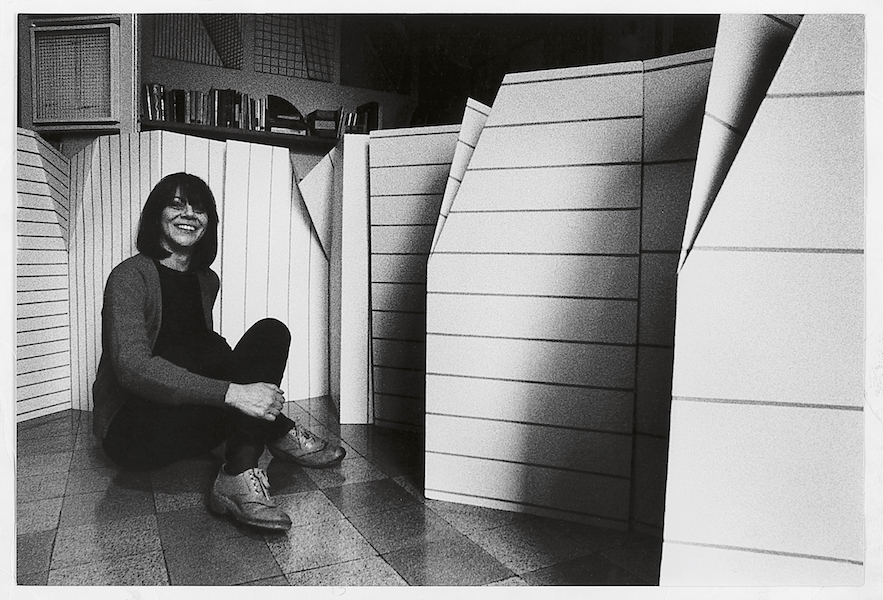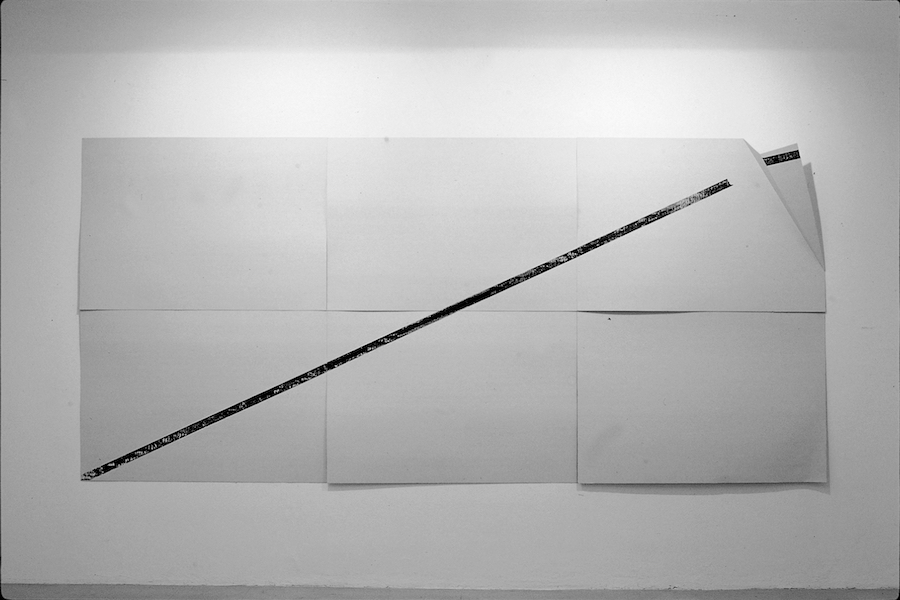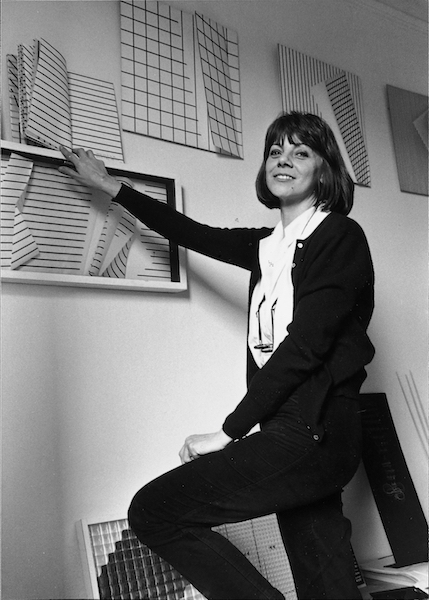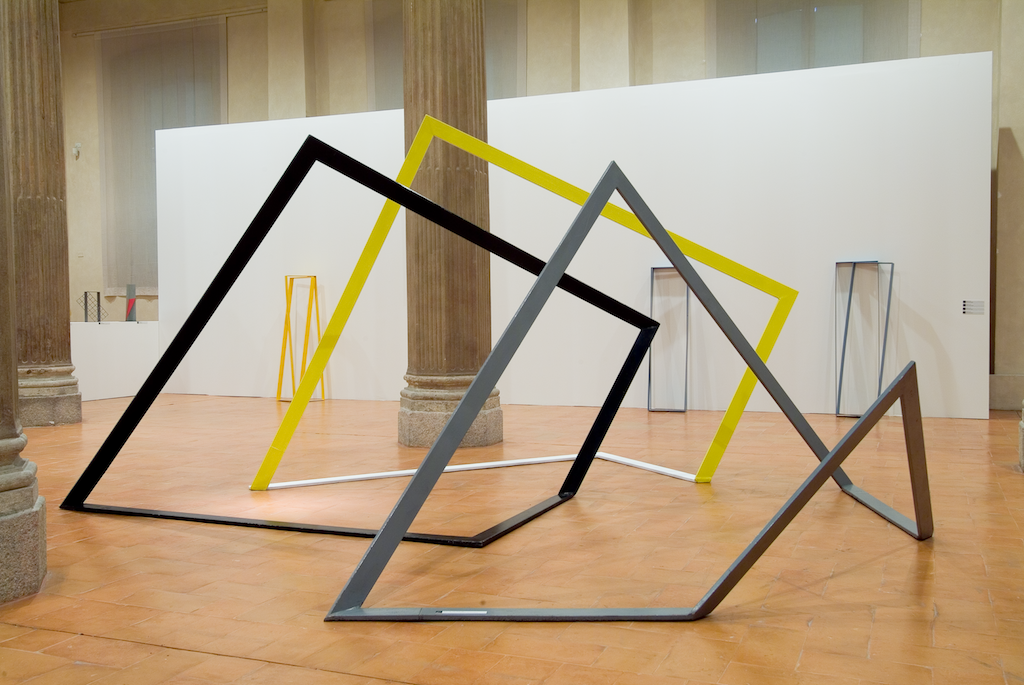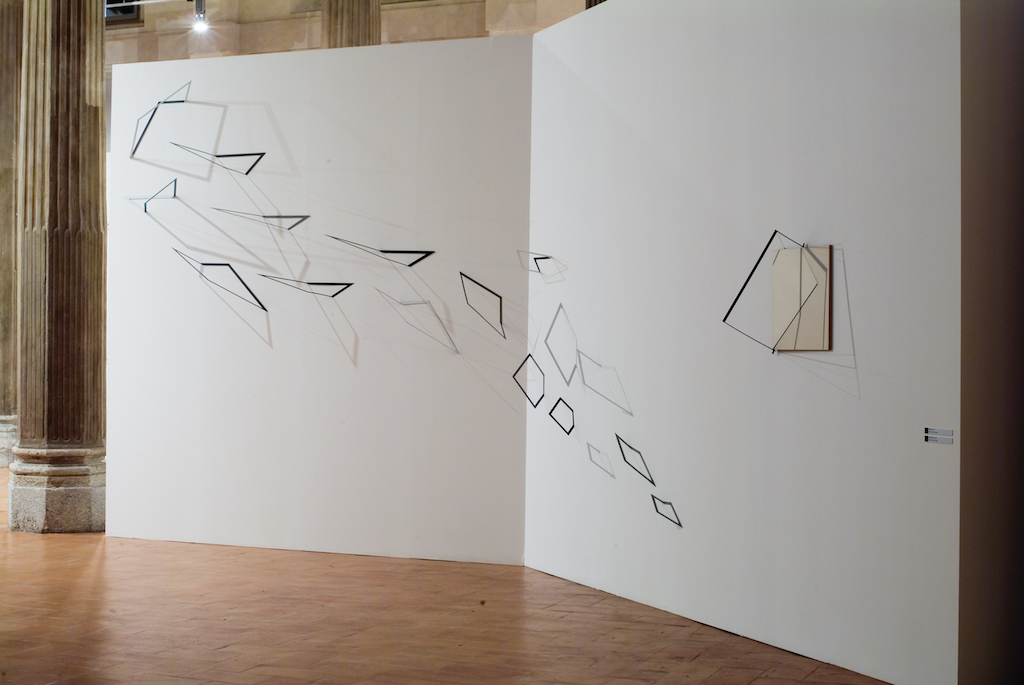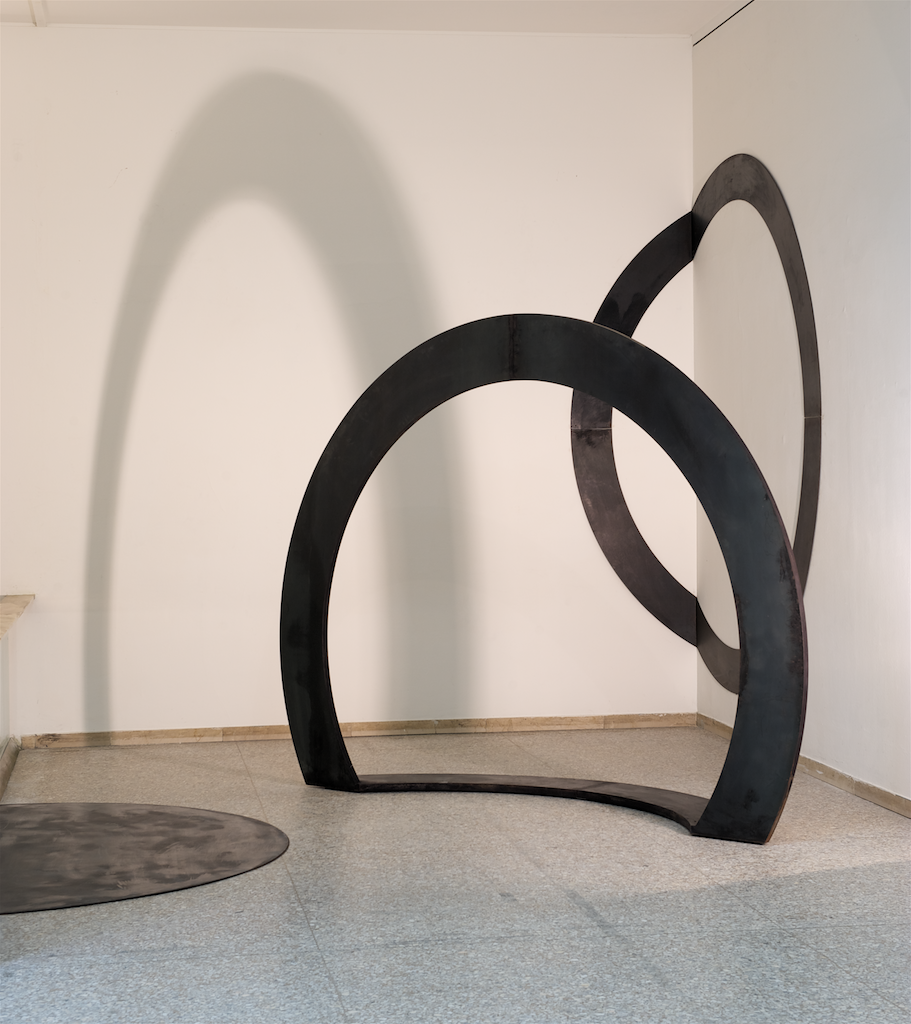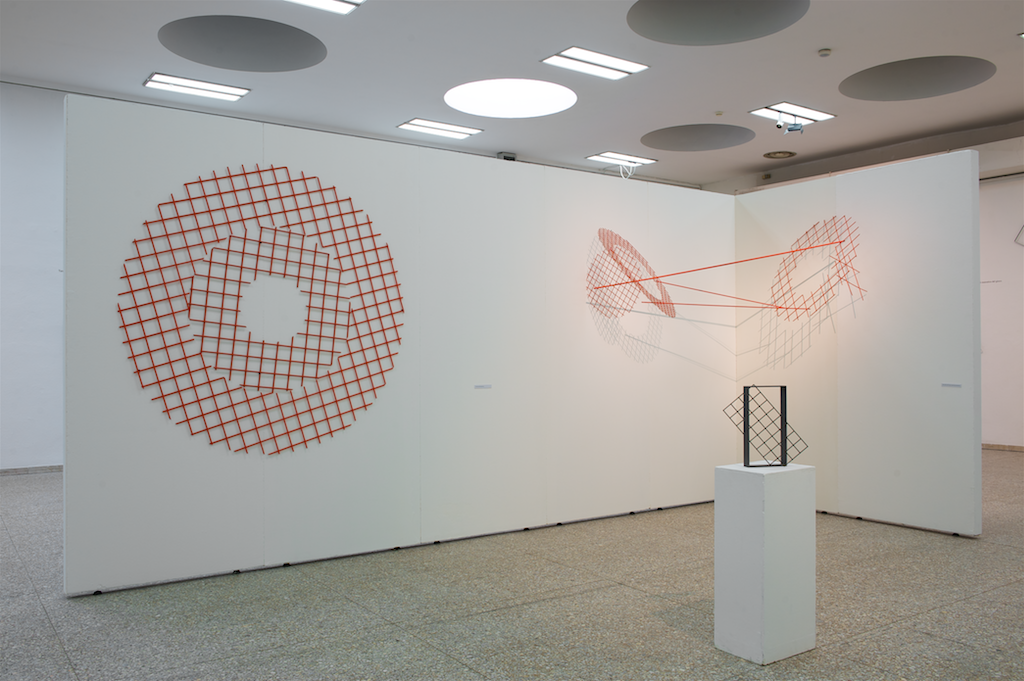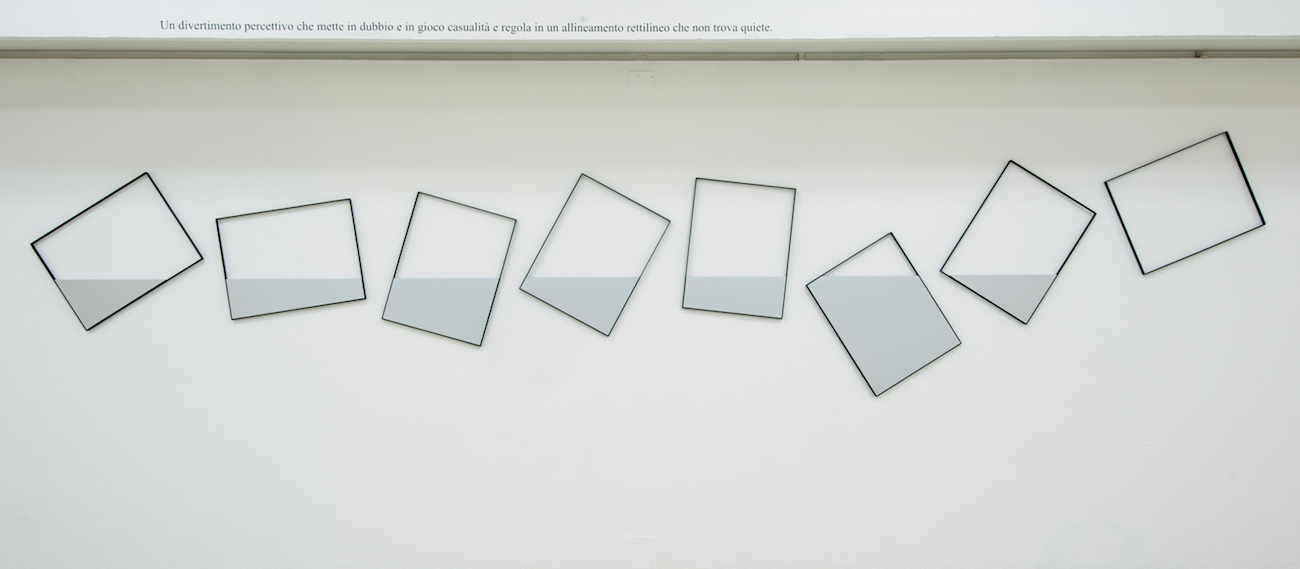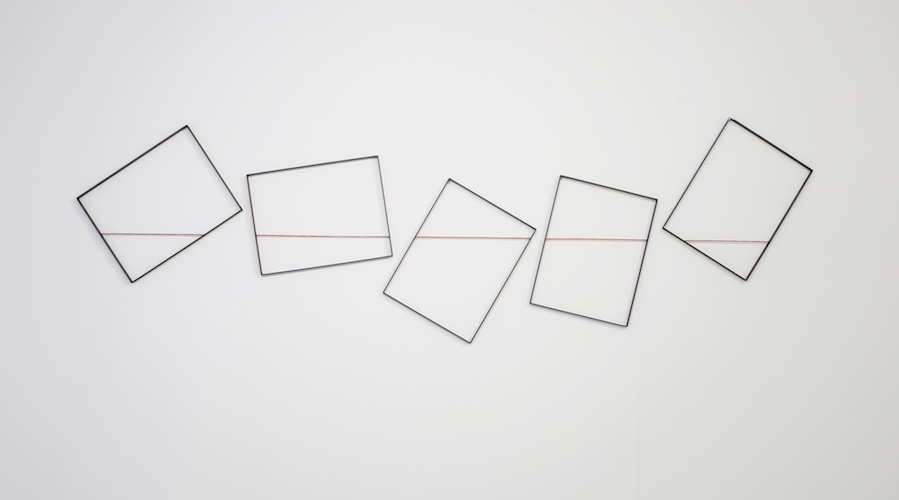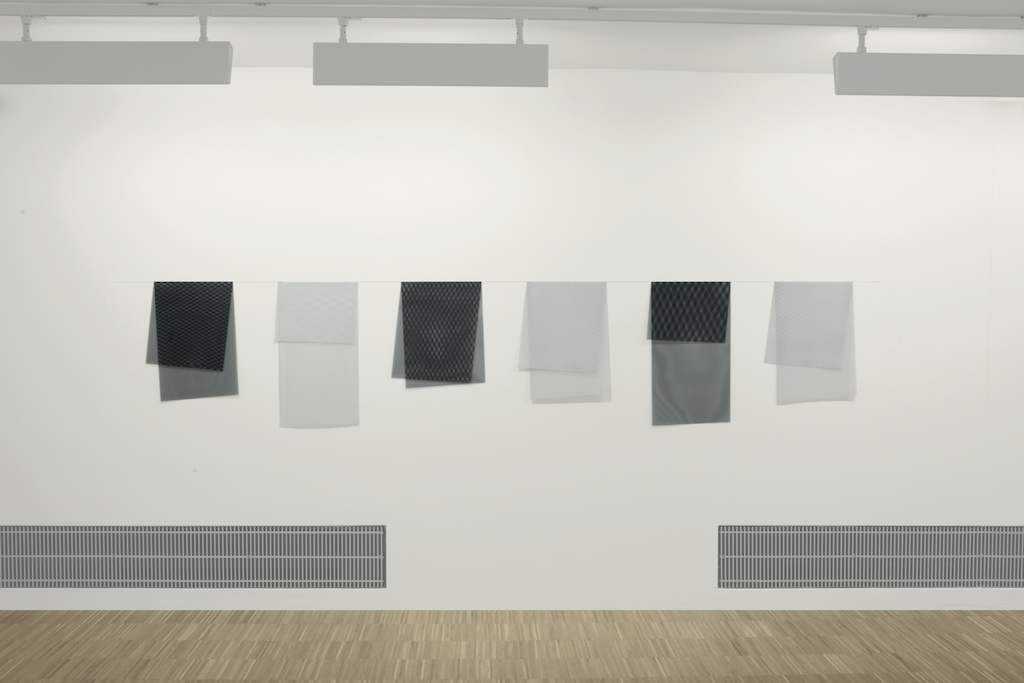Accademia di Francia, Villa Medici, Trinità dei Monti, Roma, 21 April 2016; An invitation to talk about me…
…Trinità with an accent on A that emphasizes elevation not only physical. An invitation to tell about me and my interests, my experiences, my artistic journey.
Artist!? They say … and I enjoy it! Because the word “Artist” does not close me in a defined and limited activity, it gives me a wider and more free space … and also because it is both male and female … and it’s not a small thing even today. I am a woman who declares her age without cheating, so many years are there, I see and feel all of them: October 5, 1937 … I was born before the war … It was said to claim quality of durability and substance. In my case, the memories of childhood even in war comes out, fortunately without dramas, and unpredictably reappear sometimes in the artistic path. Before the war … even of childhood during the war. Talking to young people today, of a journey so long in time, it must be remembered that it started when computers, phones, communication facilities and advanced technology were to come. The generation of the ’35 -’40 grows in the boom of the early sixties and are somehow witnesses of it. Our generations grew up in a Milan still bearing the signs of deep wounds in the “rubble” spaces that left strong sensorial signs in memory. I remember, without anguish, or rather with pleasure, to have crossed, as a short cut, the ruins of a house destroyed in my street. The walls that were left behind by a master wall with fragments of flower wallpaper, tiles in geometries disturbed by crevices and cracks, of walls with monochromatic pastel-colored areas, were a lively and stimulating scenery that I was curious about. The walk was uncertain but amused by the dirt track that was all disconnected in sloping slopes.
I have taught for years the Theory of Perception with the intent of animating the principles that I am interested in the art practice and that in different ways is highlighted in the activity of the Group T and of other groups, taking great note of the interaction of the senses. We have conscience of the world and everything that surrounds us through the senses that inform our bodies.
I see, touch, listen, feel, taste … and +++ live “emotions.” Experience leads the sensoriality to tests and gestures that it repeats over time.
